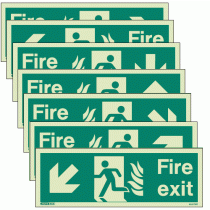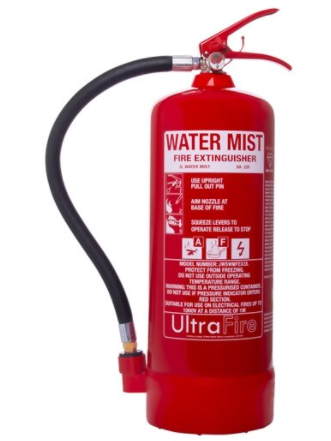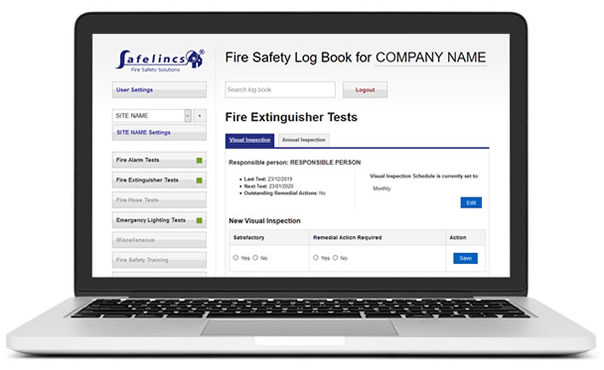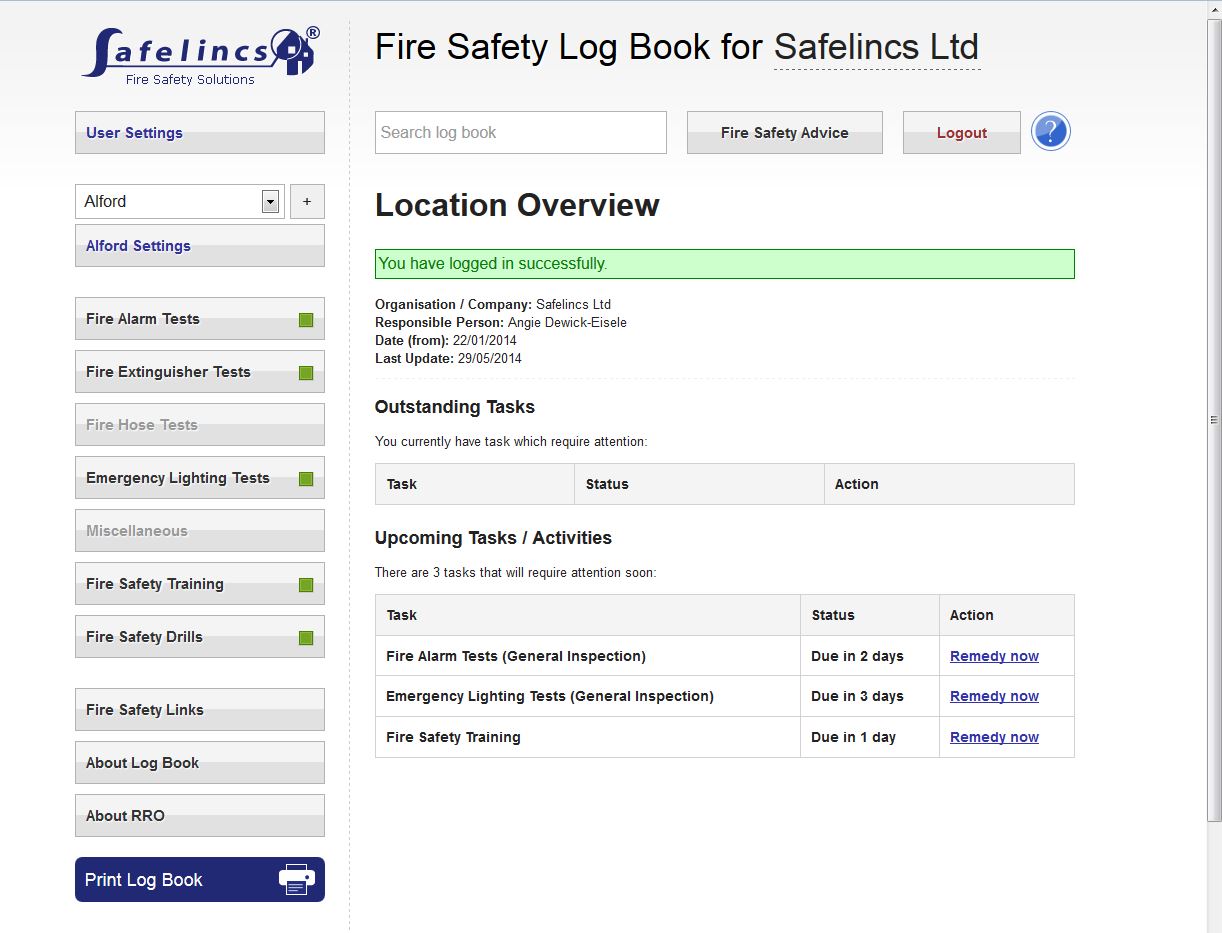Thursday 2nd May 2024

Who is responsible for fire safety in my office?
If you are the owner, landlord, employer or occupier of a business premises, including offices, you are responsible for fire safety under the Regulatory Reform (Fire Safety) Order 2005, and are known as the ‘responsible person’. Accordingly, as the responsible person in your office, you must:
- Carry out a fire risk assessment and review it regularly
- Identify risks from the fire risk assessment, and put measures in place to reduce or manage them
- Inform staff of the risks ,and of their responsibilities to ensure good fire safety is achieved
- Ensure adequate fire safety measures have been put in place and maintain them
- Have an appropriate fire safety procedure and communicate this to staff and visitors
- Provide training to staff to ensure they know what to do in the event of a fire
Office Fire Risk Assessments

Fire risk assessments are mandatory for all offices. This must be followed up with the mitigation of identified risks and a comprehensive evacuation plan for the premises. Because risks can change, the FRA should be reviewed frequently and documented and reconducted if there is a change of use of the premises, or a fire safety incident occurs.
Fire risk assessments are important for the safety of employees and property. They provide a detailed review of your office space to identify fire risks and provide recommendations to either mitigate, reduce, or manage them.
A competent person can use our free fire risk assessment form to carry out a fire risk assessment if they have the required skills and knowledge to do so. This must be carried out in conjunction with the appropriate official fire risk assessment guide for offices.
Alternatively, you could instead, you can book a professional fire risk assessment for your office. Following this, you will receive a comprehensive fire risk assessment and detailed guidance should any recommendations for improvement be required.
For more information about fire risk assessments, visit out help guide.
What fire safety measures are required in an office?
To ensure that you are meeting all your legal obligations you will need to look at the following areas:
- Are your emergency evacuation routes and exits clear from hazards and well signposted?
- Do you have adequate means to detect a fire and warn others?
- Do you have appropriate fire fighting equipment and is it in the right place?
- Are any dangerous substances stored correctly?
- Think about the people who are in your office (both staff and visitors), particularly those with mobility issues
- Provide fire safety information and training
Evacuation and exit signage in offices

Staff escaping a building must be visually directed to the safest and fastest route leading to the nearest fire exit., hence emergency lighting, is mandatory. Likewise, installing photo-luminescent (glow in the dark) fire escape route signs helps to ensure that the exit route is clearly visible. This ensures that even if the mains power fails, all escape route signs, stairs, and uneven floors are lit sufficiently for safe escape.
More information:
Conducting fire drills in an office
Carrying out regular fire drills in an office helps to ensure that all staff know what to do if the fire alarm goes off. Ensure that you also include practising alternative routes, so that staff are prepared in the event that their nearest fire escape is blocked by fire. Every member of staff must be made aware of where the nearest fire exits are and which routes to take when exiting the building. The induction of new staff members should therefore include a ‘fire walk’. This enables you to show staff all the fire escape routes and where firefighting equipment is located.
Further to this, your evacuation plan should include guidance for the evacuation of staff and visitors with reduced mobility. This could be due to a long-term condition such as low-sight or wheelchair use, or a temporary illness or injury. Evacuation chairs offer a safe and easy solution to ensure that everyone can escape safely in the event of a fire. Because these are considered to be medical equipment, staff who would be expected to operate this device in an emergency must recieve specialist training.
Unsure if your office needs an evacuation chair? Find out who needs an evacuation chair.
What fire extinguisher is best for offices
Choosing the right type of extinguisher
Fire extinguishers installed in officed can be used to prevent small fires from becoming catastrophic, or to assist in safe escape from a building on fire. Staff should be encouraged to use these fire extinguishers only if they have been trained, and only if does not put them in any danger.

It is paramount that you have the correct type of fire extinguisher or extinguishers to tackle every type of fire that could occur in your office. The types of combustible material that your office requires cover for will be identified by the fire risk assessment. If you are still unsure of which type of fire extinguisher you need in your office you can book a fire extinguisher site survey
For more information about fire classes or types of fire extinguisher visit our help guides. Fire extinguisher types guide.
In most office settings, only type A (solid combustibles) are a risk. Where this is the case, Water Mist Fire Extinguishers, which are suitable for use on fires involving electrical equipment, are a versatile solution. These units use deionised water to fight fires, meaning that they are non-toxic and safe for use indoors, while having just one type of extinguisher improves the confidence of staff to use the equipment in an emergency – they don’t have to make a decision about what type of extinguisher to use.
Installing extinguishers in offices
Ensure that your extinguishers are commissioned and installed by a service engineer at your premises. You will also need the correct signage and to ensure that they are hung in the correct location.
Fire Extinguisher maintenance
All extinguishers must have a monthly visual check to ensure that there is no visible damage to the unit:
- Are there any signs of damage to the exterior?
- Are there any blockages in the hose?
- Are there any signs the extinguisher has been tampered with?
- Is the extinguisher pressurised?
If you have steel extinguishers installed, you must also ensure that an annual service is carried out by a trained engineer in accordance with the British Standards.
By installing P50 Service Free Water Mist extinguishers in your office when your steel extinguishers reach the end of their life, this annual service is not required.
Instead, a yearly visual inspection by a competent member of staff is sufficient. This must be documented in your fire safety log book. Service-Free extinguishers therefore reduce costs and administrative work associated with booking servicing, as well as the carbon footprint of your organisation, because an external engineer is not required to travel to your site.
Fire alarms and manual call points in offices
The responsible person must ensure that there is an adequate fire detection system in place. The size, configuration and use of your office will define what sort of fire alarm system you require.
Ensure that employees know to activate the nearest manual call point if they discover a fire. This activates the alarm system, which alerts all staff to the fire. New staff must be shown the call points during their induction period.
Generally, where multiple organisations share the same building, this has implications for fire safety. Therefore, you should ensure that there is a system in place to notify all building occupants to a fire.
Free fire safety log book for offices
We offer a free online log book, with custom reminders. Keeping an online log book will ensure that it is protected in the event of a fire. It is essential that you keep a record of all your fire safety checks and fire drills in a fire safety log book.


